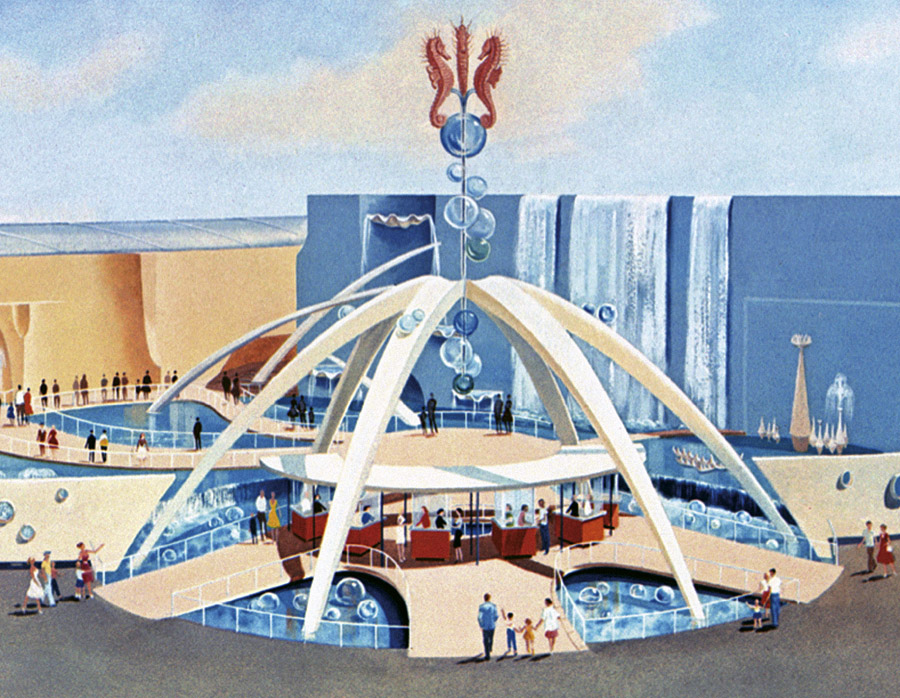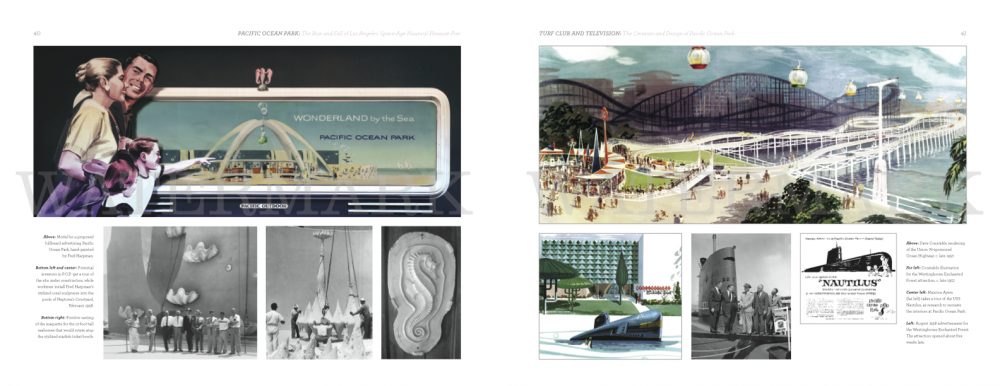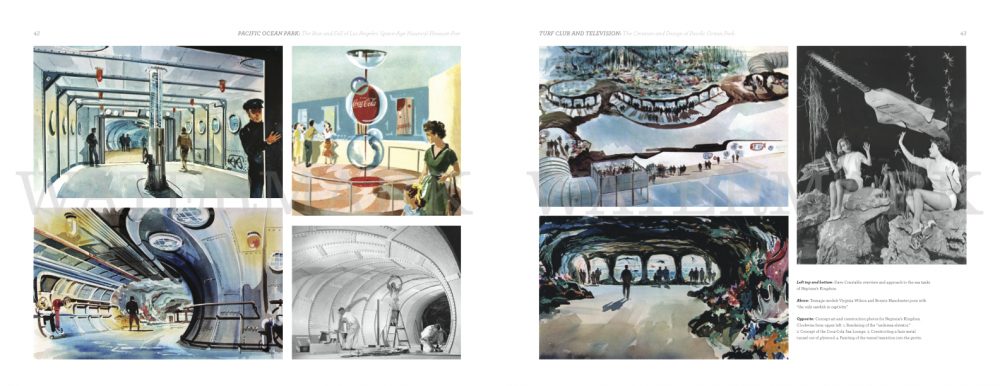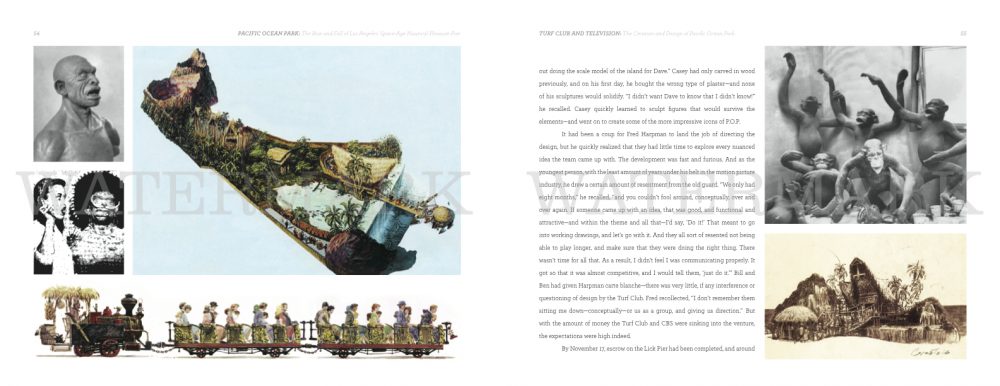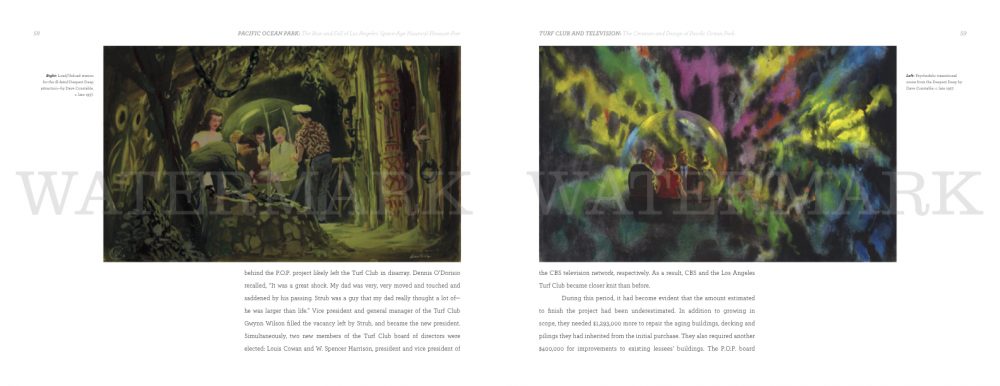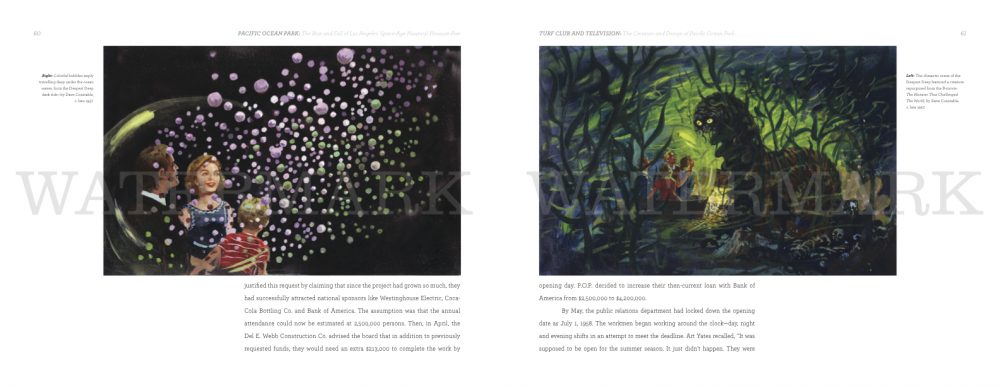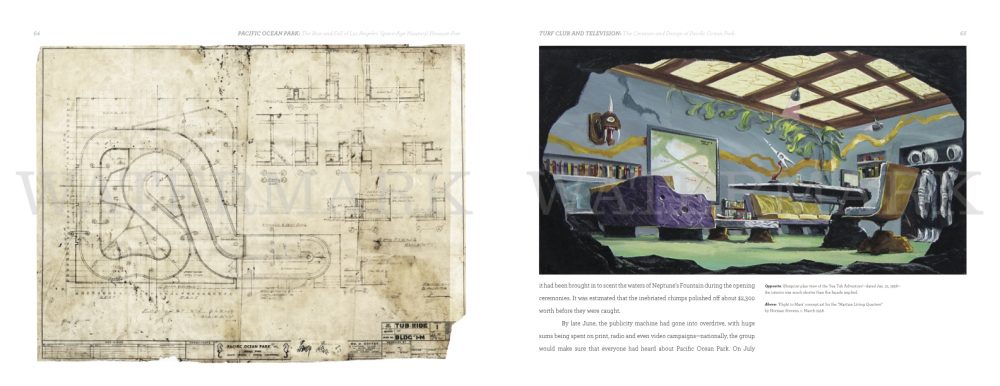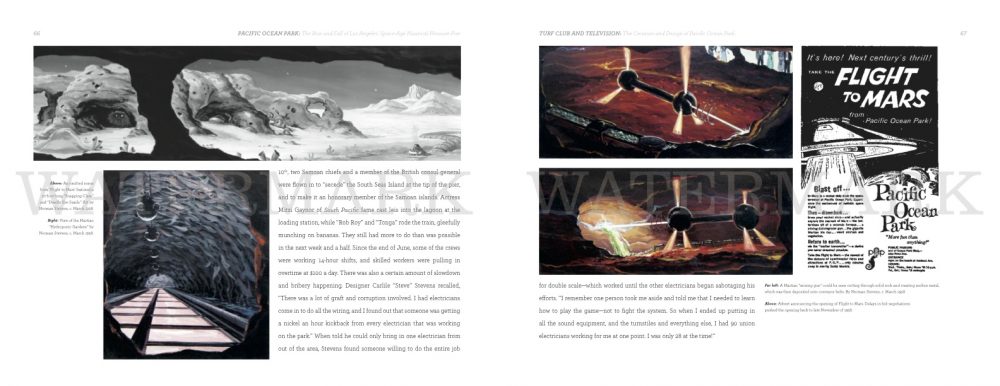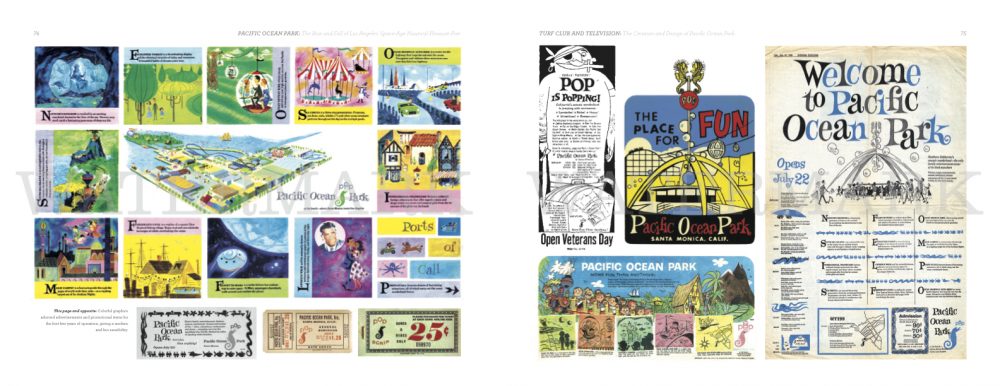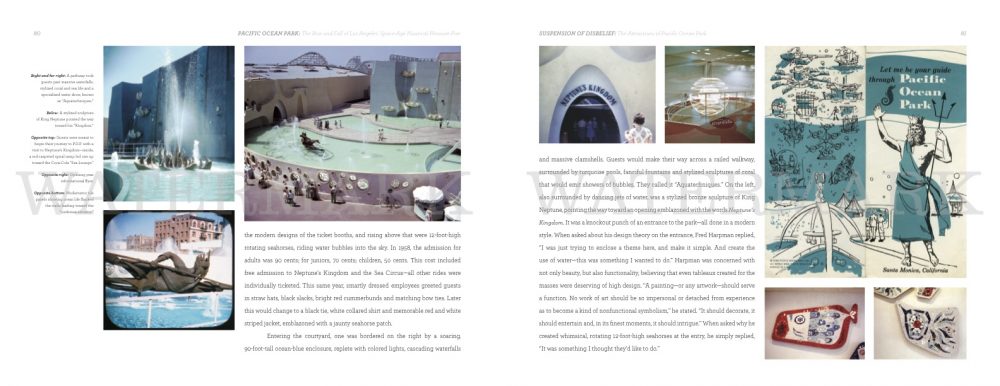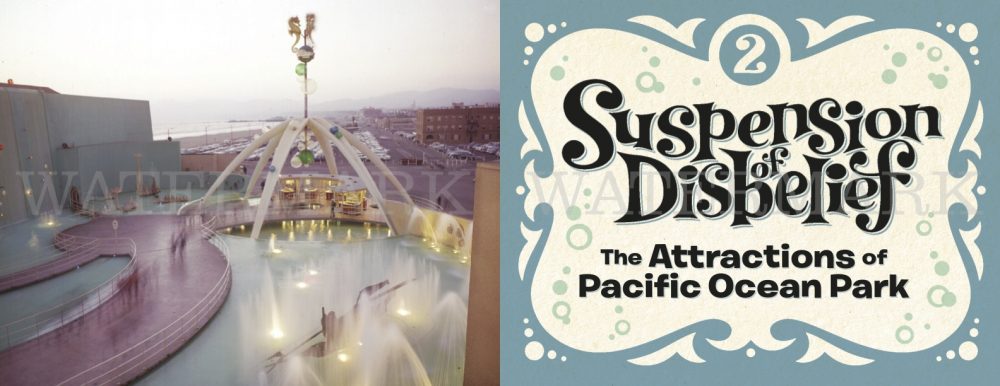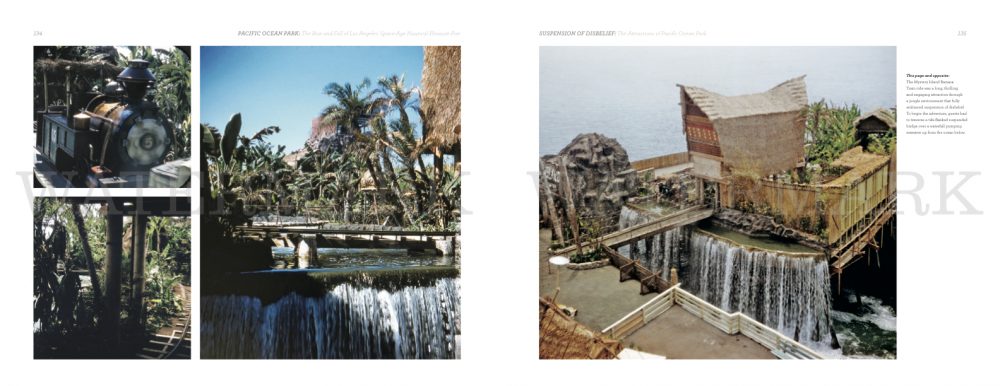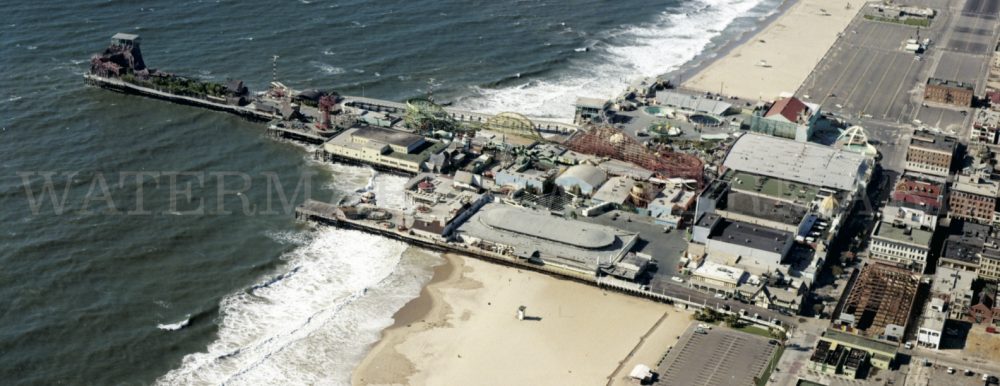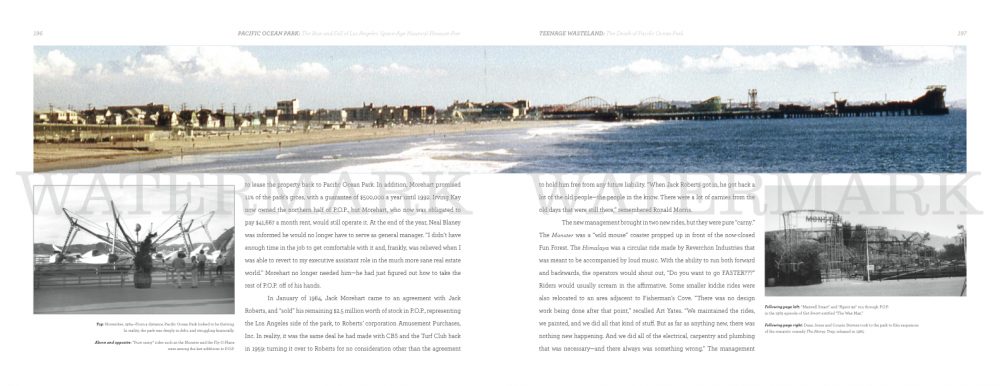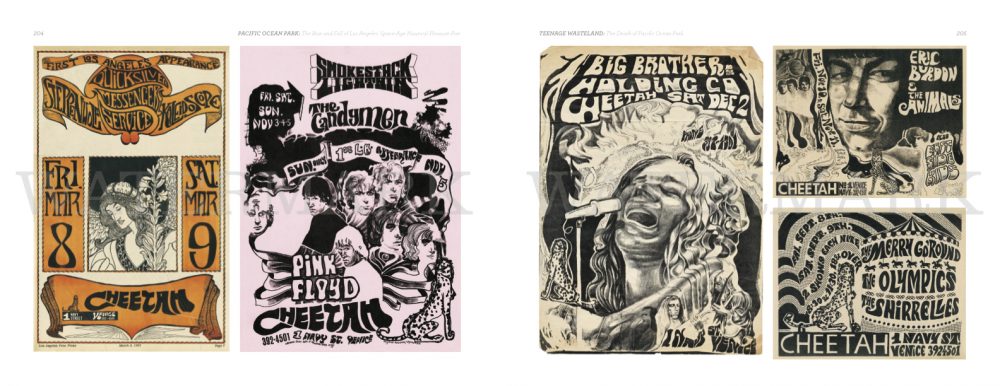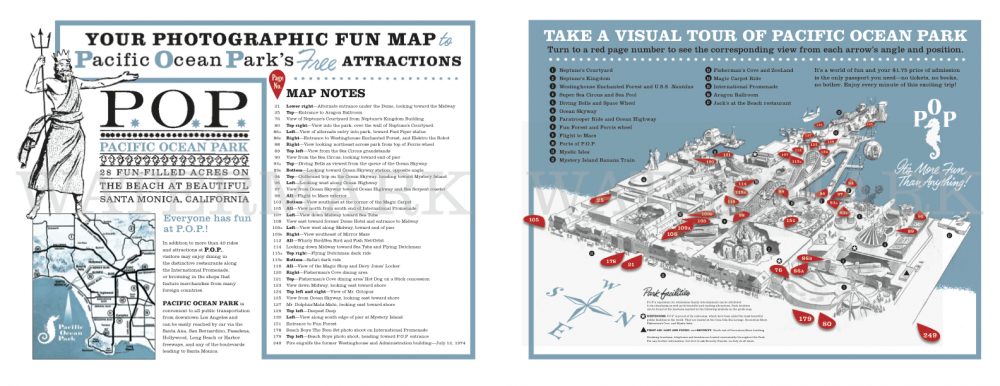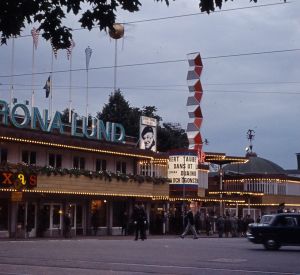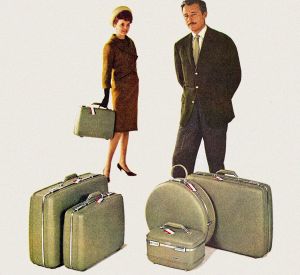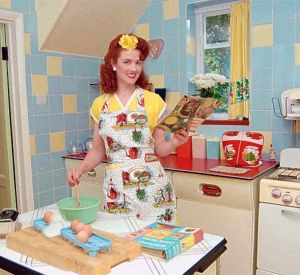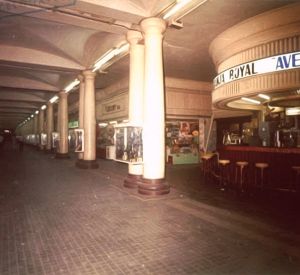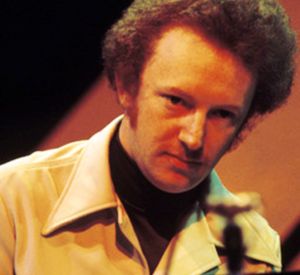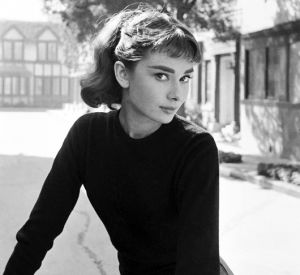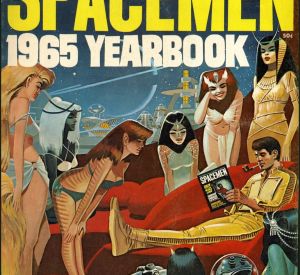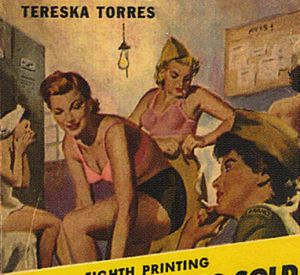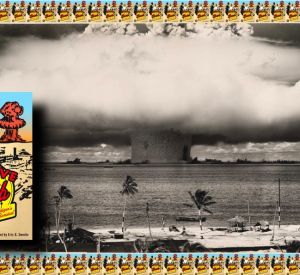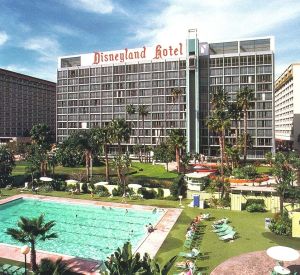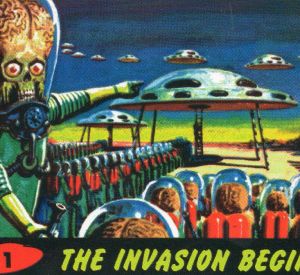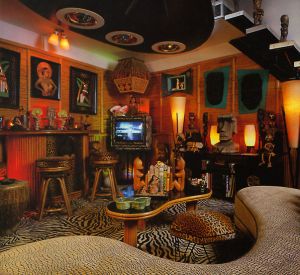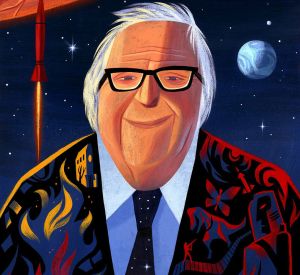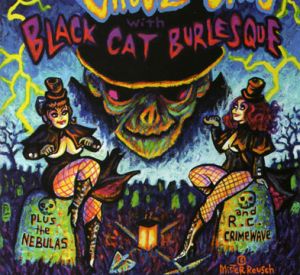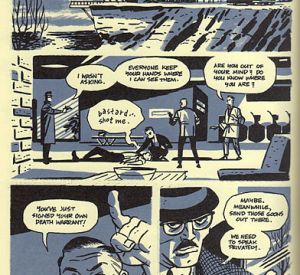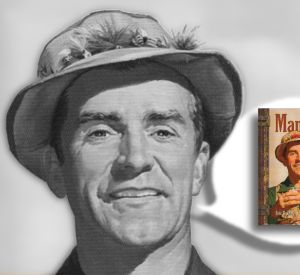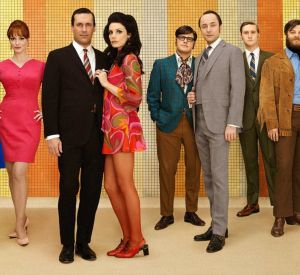Pacific Ocean Park – The Nautical Theme Park Lost to Time
Unless you’re an Angeleno, you’ve probably never heard of Pacific Ocean Park. Even then, you’d have to be of a certain age to remember it.
However, if you’re a fan of vintage American TV, you’ve probably seen it: You saw it when Martin Milner’s character took a job at P.O.P. on Route 66 (“Between Hello And Goodbye;” 1962). You saw it when Jack Klugman chased his TV son Billy Mumy through a funhouse on The Twilight Zone (“In Praise of Pip;” 1963). And you definitely saw it when Dr. Richard Kimble finally caught up to the one-armed man in the 1967 series finale of The Fugitive. Chances are you also saw Pacific Ocean Park on The Invaders, The Man From U.N.C.L.E., The Mod Squad, and a number of other shows. You just didn’t know it. A fantastic mid-century amusement park rivaling Disneyland, Pacific Ocean Park only existed for nine years; But it existed at the right place at the right time – that atomic age sweet spot of 1958-1967.
As its name suggests, the park was primarily nautical-themed; But, as seen by its Googie LAX Theme Building influenced entrance pavilion, P.O.P. also embraced the mid-century space-age zeitgeist of its time. In addition to the undersea fantasy of King Neptune’s Courtyard and other oceanic entertainments, there was also a Tiki-themed train ride and even a “flight” to visit the alien culture on Mars.
Music was always a part of P.O.P., even before it actually existed. The amusement pier upon which P.O.P. would stand housed many dance halls which hosted many big bands of the 1940s — including Lawrence Welk, who was in residence at the pier before and well into P.O.P.’s regency. Once rock n roll took over, P.O.P. fell in step and hosted the televised American Bandstand-like show Wink Martindale’s P.O.P. Dance Party. Live concerts at P.O.P. included The Beach Boys, Dick Dale, Big Brother and The Holding Company, Alice Cooper, Pink Floyd, and The Doors.
Pacific Ocean Park was a nexus of mid-century American pop culture and it’s hard to believe that it’s gone. Fortunately, we have Christopher Merritt and Dominic Priore’s book Pacific Ocean Park: The Rise and Fall of Los Angeles’ Space-Age Nautical Pleasure Pier to remember it for us.
Pacific Ocean Park, the book, is thorough; And that means it’s a book to savor and explore. It reads like four connected mini-books, each detailing a different part of P.O.P.’s history.
The first section covers the history of the pleasure pier that pre-dates and would eventually become P.O.P. Even back then, the pier was popular: The rich and famous often relaxed there. And many early Hollywood movie shoots with Clara Bow, Buster Keaton, The Little Rascals, and Charlie Chaplin were staged there.
The following section covers the conceptualization of P.O.P., what Disney enthusiasts would call its “imagineering.” And that’s apropos considering that, briefly in its early development, Walt Disney was involved with P.O.P; However, he pulled out as he insisted that the park not be on the ocean.
However, the Disney influence remained as backers knew they had to rival what Disney had planned for his park. So in this book we get to enjoy the Disney-level creativity in the concept sketches, in-progress photos, maquettes, and blueprints of P.O.P.’s exhibits, buildings, and props. And we get to learn the thinking behind them in interviews with the park’s creatives.
The third section covers what people most want to remember about P.O.P: It’s heyday as an amusement park and music venue. As a result, the majority of the supporting visual material in the book comes from this period. And that means its perfect for Ultra Swank readers who revel in mid-century minutiae. Photos, maps, ticket stubs, advertising: It’s all here.
However, the concluding section is the one that is most daring for a book of nostalgia because it covers the demise and dilapidation of its subject. Where other authors might conclude their books once their subjects ceased to be, Merritt and Priore go further. And there’s a reason for this: After its closing, P.O.P. and its old pier served as the hub for Dogtown, the territory frequented by skaters, surfers, and the underclasses in the economic downturn of the ’70s. As such, P.O.P. took on a whole new seedier life that merited a new story being told. It wasn’t until P.O.P. and its pier burnt down that history was through with the place.
Still, the book’s primary focus is P.O.P.’s happier times; And there it digs deep and finds gold. And that’s good because there’s nothing left of Pacific Ocean Park. The park is gone. The pier it sat on is gone. And there’s not even a sign or a monument marking its former location. All we have are some memories, some ephemera, some old TV shows, and, now, this wonderful book.
Pacific Ocean Park: The Rise and Fall of Los Angeles’ Space-Age Nautical Pleasure Pier
by Christopher Merritt and Dominic Priore
Foreword by Brian Wilson (of The Beach Boys)
Process Media
July 2014
Hardcover; 264 pages; 11.4 x 8.6 x 0.9 inches
US$34.95; CDN$26.65; UK£19.70
Above: Pacific Ocean Park – The Nautical Theme Park Lost to Time
Above: Pacific Ocean Park – The Nautical Theme Park Lost to Time
Above: Pacific Ocean Park – The Nautical Theme Park Lost to Time
Above: Pacific Ocean Park – The Nautical Theme Park Lost to Time
Above: Pacific Ocean Park – The Nautical Theme Park Lost to Time
Above: Pacific Ocean Park – The Nautical Theme Park Lost to Time
Above: Pacific Ocean Park – The Nautical Theme Park Lost to Time
Above: Pacific Ocean Park – The Nautical Theme Park Lost to Time
Above: Pacific Ocean Park – The Nautical Theme Park Lost to Time
Above: Pacific Ocean Park – The Nautical Theme Park Lost to Time
Above: Pacific Ocean Park – The Nautical Theme Park Lost to Time
Above: Pacific Ocean Park – The Nautical Theme Park Lost to Time
Above: Pacific Ocean Park – The Nautical Theme Park Lost to Time
Above: Pacific Ocean Park – The Nautical Theme Park Lost to Time
Above: Pacific Ocean Park – The Nautical Theme Park Lost to Time


